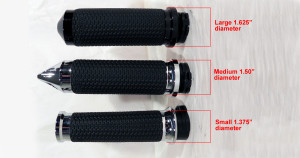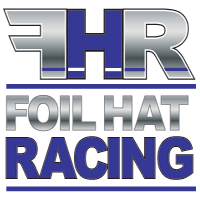Motorcycle Fuel Tanks are often plagued by rust and liner deterioration. Take a look inside your gas tank when the fuel level is relatively low–using a flashlight, not a lighter! If there are bits of loose stuff sloshing around in the bottom of the tank, whether they’re rust or flakes of liner, they could (and will) clog up your fuel filter and/or your carburetor jets. Got Fuel Injection? That stuff will mess up the injectors.
But what’s a mother to do? New fuel tanks are expensive at best and unobtabium at worst. Not to worry, fuel tanks can be cleaned out, leaks repaired if needed, and re-lined. You can leave the job to your friendly neighborhood motorcycle shop, or you can do the job yourself. If you want to try this at home, keep in mind that the job is a major pain in the butt, takes the better part of a day–sometimes more–and will leave you with some hazardous materials to dispose of.
If you’re smarter than the average bear (and we know that you are) you’ll bring us your rusty gas tank and we’ll give it back with a nice, new commercial-quality liner that will keep rust at bay for many years to come.
Want to try it yourself anyway? Okay, but don’t say I didn’t warn you!
The best stuff for DIY types is the Kreem kit. The three-piece kit (part number KR004, MSRP $38.95) consists of a bottle of Tank Prep A, Tank Prep B, and a bottle of liner. You’ll also want a bottle of Tank degreaser (KR006, MSRP $9.50).
Here are the application instructions, taken directly from the Kreem Products web site…
Basics for good results when using Kreem Tank Liner & Tank Prep.
1. Tank Prep is a rust remover and metal etch, it does not remove grease! You must always use a Kreem Tank Cleaner/Degreaser on your tank prior to using Tank Prep. This is also important on new tanks which come with an oily protective coating.
2. Remove all rust from the tank. Tank Prep will do this properly. Time varies depending on how much rust is in the tank. Visually inspect your tank and continue until tank is free of all rust.
3. After using Tank Prep A & B do NOT dry the tank as this will cause flash rust to form. Add Kreem Tank Liner IMMEDIATELY after rinsing with Tank Prep B.
4. Do not allow Kreem Tank Liner to puddle as this will not allow the material to dry properly. Kreem Tank Liner requires air to dry and cure properly. Keep in a well-ventilated area (i.e. outdoors).
Cleaning Your Tank…
Kreem Tank Prep is a unique two-part system to prepare metal fuel tanks before coating with Kreem Fuel Tank Liner. Used as directed, Tank Prep will remove rust and etch the metal surface to ensure maximum adhesion of Kreem Tank Liner.
It is absolutely critical that the inside of the fuel tank is oil-free, without rust and properly etched to insure adhesion of Kreem Tank Liner.
CAUTION: Read warning statements on all labels before using any of these products. Kreem Tank Prep solutions may damage paint. Tank Prep A contains acid, handle with care using protective eyewear, rubber gloves and adequate ventilation. Tank Prep B contains methyl ethyl ketone, use only in well ventilated areas, preferably outdoors. Highly flammable, do not use near open flame.
STEP 1
Drain fuel from tank into an approved container and then remove the tank from the vehicle. Remove any valves and petcocks. Seal all openings securely so that liquid will not drain out. Small openings can be capped with rubber stoppers, threaded pipe plugs, corks or wood dowels. Larger openings can be capped with a metal or wood plate and a hand-made gasket.
STEP 2
Fill the tank about one-quarter full with warm water and add Kreem Tank Cleaner/Degreaser. If the tank is badly rusted or has rust flakes, add a handful of nuts and bolts to help loosen the rust. Shake the tank until all rust has been loosened.
New Tanks: It is important to remove the oily protective coating before using tank prep. Kreem Tank Cleaner/Degreaser should be used.
STEP 3
Drain off Kreem Tank Cleaner/Degreaser solution and rinse tank with clean water to remove all soap, oil and loose rust particles.
STEP 4
Pour Kreem Tank Prep A into the tank and add 2.5 gallons of warm water; Tank Prep A works best when the tank is completely full and in contact with all metal surfaces. If this is not possible, you should turn the tank to different positions so that the solution has extended contact with all metal surfaces.
Allow tank to vent. Do not allow pressure to build up!
Leave Tank Prep A in the tank until all rust is dissolved and the metal is etched to a dull grey finish. The time required will depend on the amount of rust in the tank. New tanks can be etched in 4 hours, rusty tanks will take longer. We suggest overnight.
Heavy Rust Deposits: Tank Prep A removes rust through a chemical process which slowly neutralizes as rust is removed. In cases where the rust is so heavy that the solution becomes neutralized before the rust is entirely removed, a second treatment of Tank Prep A is required to fully remove the rust and properly etch the metal surface.
STEP 5
Pour out Tank Prep A solution and save in an appropriate container as it can be used for a second application. Rinse tank thoroughly with water. Inspect tank interior for rust removal and etching of surface. If necessary, repeat Step 4. Flush the tank with clean water until the rinse water no longer foams and all traces of Tank Prep A are removed.
STEP 6
In a well-ventilated area, immediately rinse tank interior with full-strength Tank Prep B and agitate to ensure thorough treatment. This final rinse will remove any residual water and will prime and condition the tank for Kreem Fuel Tank Liner.
STEP 7
Using a funnel, carefully drain Tank Prep B back into its original container and close tightly.
You are now ready to seal your tank with Kreem Fuel Tank Liner.
Coating Your Tank…
Kreem Fuel Tank Liner is designed for use as a preventive maintenance product in new and old metal tanks containing gasoline, gasohol or diesel fuel. Kreem Tank Liner has a unique formulation with extremely rapid set-up, that prevents leakage from hairline cracks and seam pinholes by coating the tank’s inner surface with a fuel resistant elastomer. When properly installed, Kreem Tank Liner seals the inside surfaces of metal tanks from moisture and oxygen.
For small tanks (1-5 gallons), use one pint of Kreem Tank Liner. For larger tanks, use one quart per 20 gallons of tank capacity. If the tank contains baffles, be sure to consider the increase in surface area. For spraying or brushing, thin with methyl ethyl ketone to desired consistency.
CAUTION: Read warning statements on all labels before using any of these products. Kreem Tank Liner may damage paint. Kreem Tank Liner contains methyl ethyl ketone and the vapors can be harmful. Use only in well-ventilated areas, preferably outdoors. Highly flammable, do not use near open flame.
Kreem Tank Liner is NOT for use in plastic containers.
Kreem Tank Liner is NOT compatible with all fiberglass tanks. You must spot test to determine compatibility with Kreem Tank Liner before use.
STEP 1
To obtain proper adhesion, the inside surfaces of the tank must be rust-free, oil free and the metal surface etched. We strongly suggest that you use the Kreem Tank Prep Kit to remove rust and etch the metal before using Kreem Tank Liner. Read the previous section on Cleaning Your Tank.
STEP 2
If not already done, securely seal all tank openings per instructions from previous section.
STEP 3
Shake or stir Kreem Tank Liner well before use. Keep container tightly closed when not in use.
STEP 4
Carefully pour Kreem Tank Liner into the tank taking care not to get any on painted surfaces. Close spout and gently rotate the tank in all directions to coat entire inner surface. When all surfaces have been completed coated there should still be a generous excess left in the tank. Let tank stand 8-10 minutes with spout open. Close the spout and slowly rotate the tank to re-coat surfaces again. Let tank stand on a different side for an additional 8-10 minutes with spout open. Repeat this process until the tank has the desired coating.
Important: Do not allow the coating to puddle or pool and dry.
STEP 5
Using a funnel, drain off excess coating back into the original container for later use. Remove all stops and allow to air-dry in a well-ventilated area for at least 24 hours. A nozzle from a low pressure air compressor blowing lightly into the fuel spout and out another opening will greatly reduce step time. DO NOT USE A HAIR DRYER!
For extra protection: Allow tank to air-dry for 6 hours or longer, re-seal openings and repeat Steps 4 and 5 of application process.
STEP 6
Carefully trim off any excess Kreem Tank Liner around valves and petcocks and then reassemble the tank and mount.
And there you go! If you’ve done everything perfectly, your gas tank is now clean and sealed. If you cheated on any part of the process, you’ll shortly have a mess on your hands of Titanic proportions as the new liner will detach from the sides of the tank and make your life a living hell.
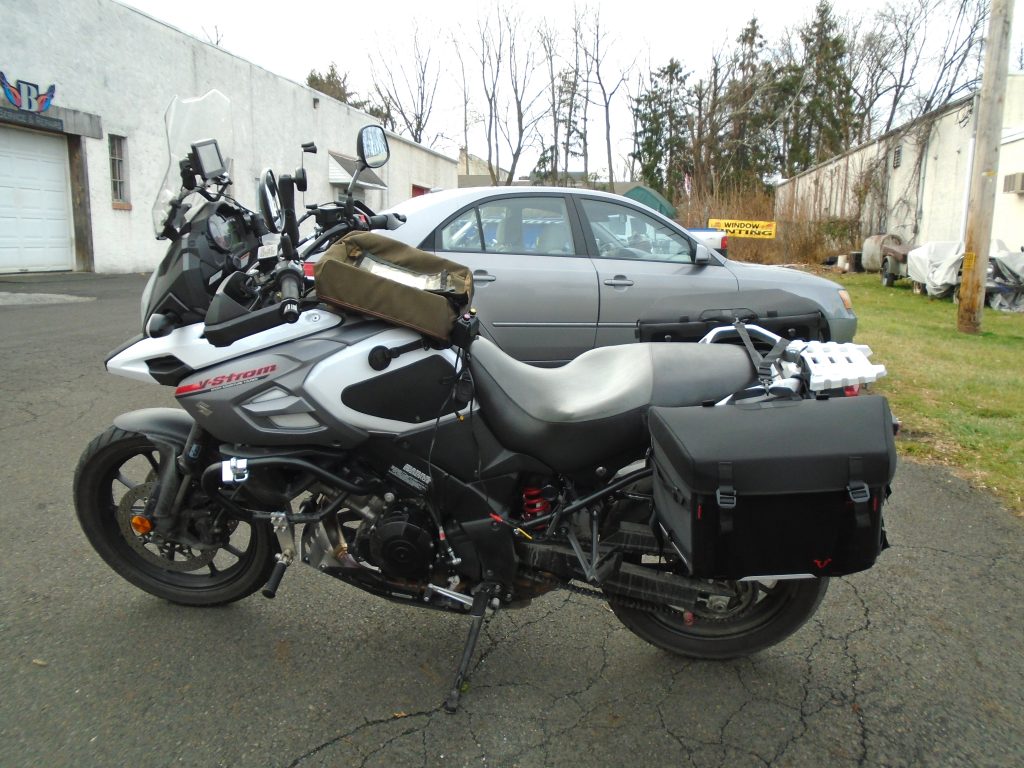
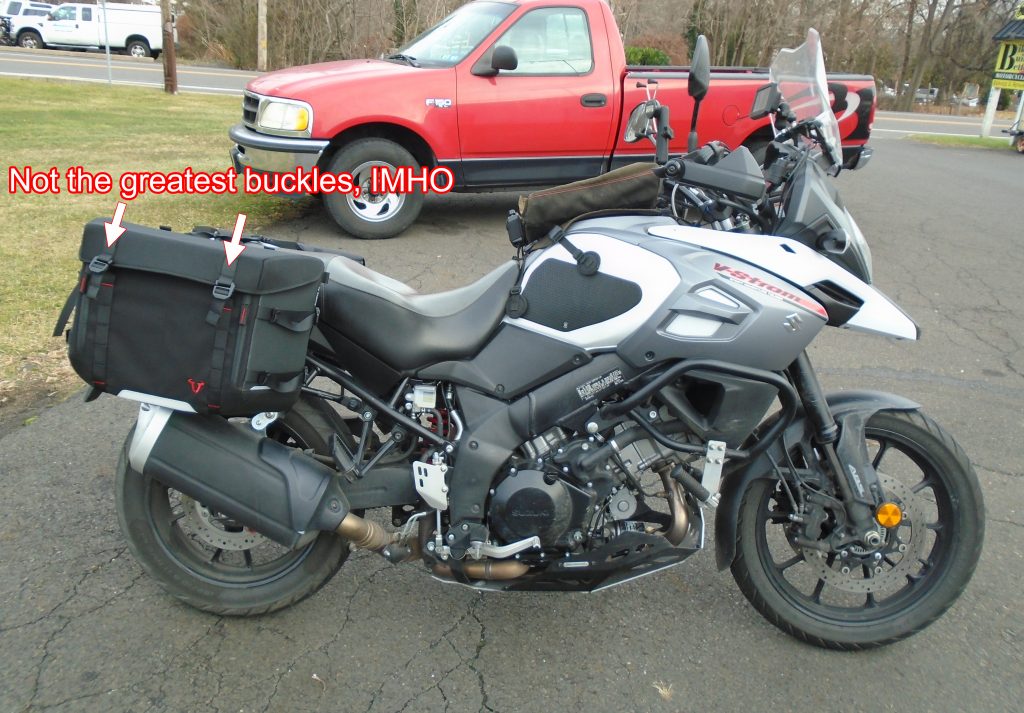


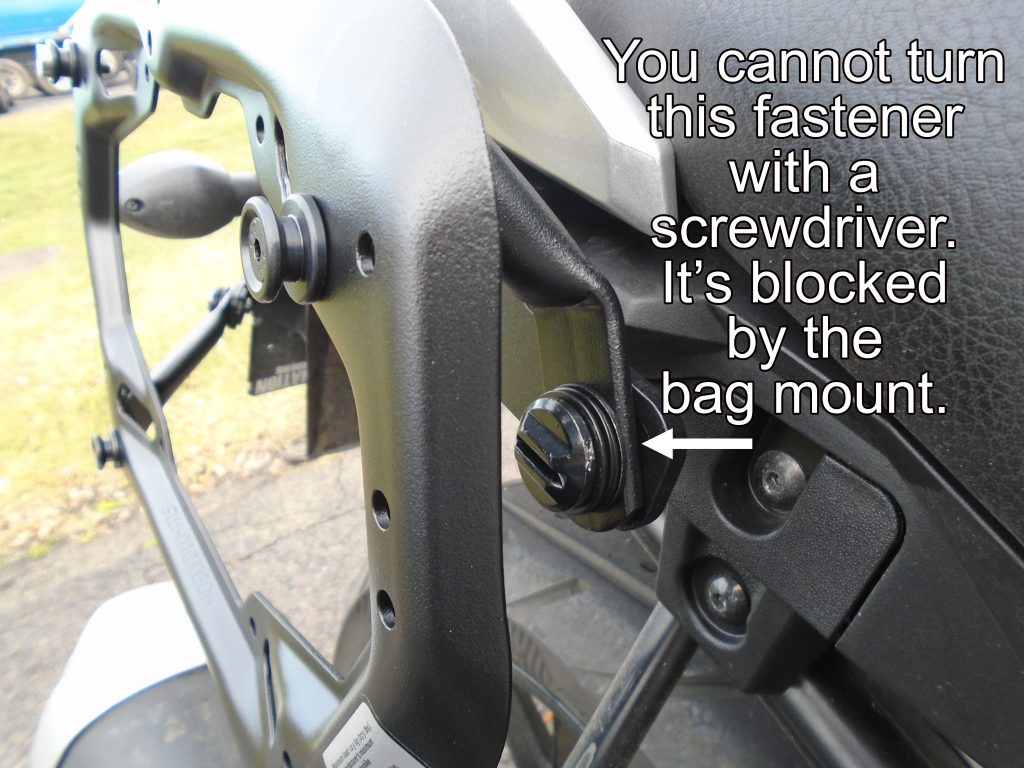


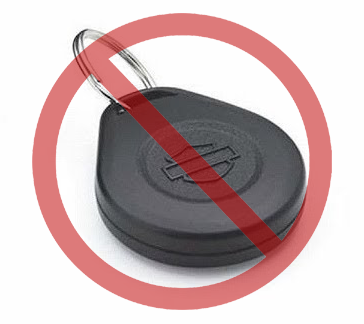
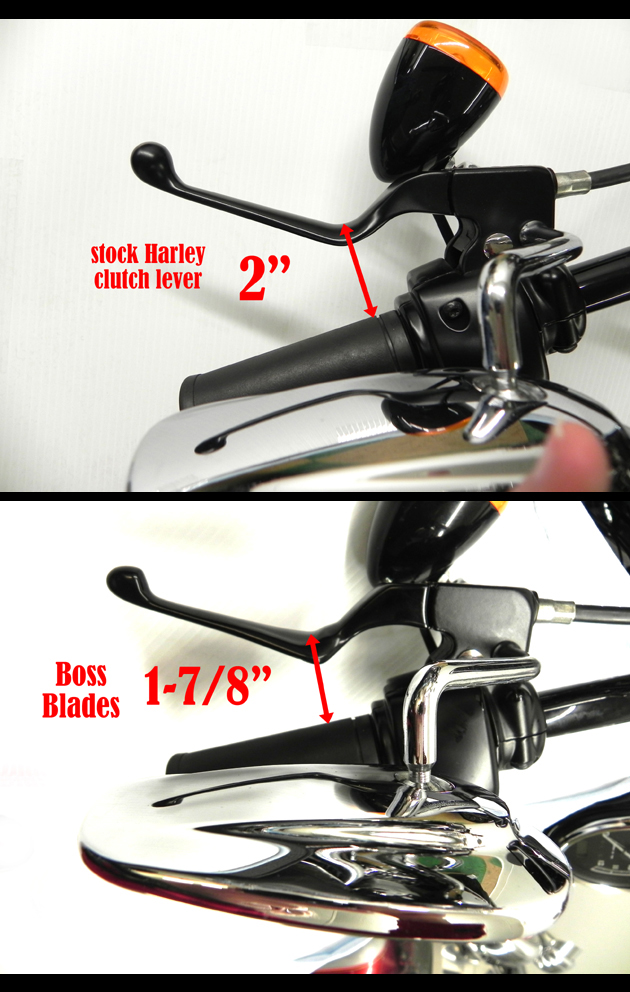
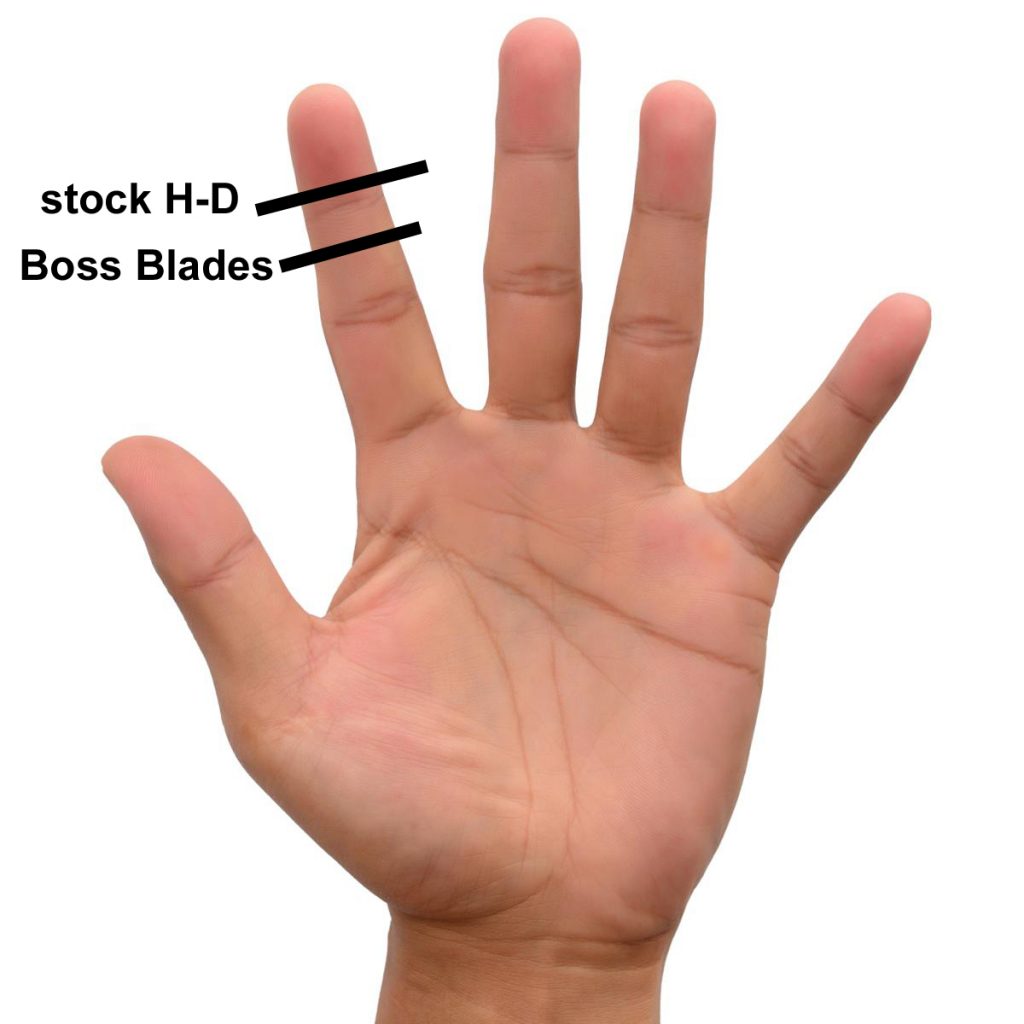
 It’s the first nice, springy day. The snow is gone, the birds are singing, and you just can’t wait to take your motorcycle out for the first ride of the season.
It’s the first nice, springy day. The snow is gone, the birds are singing, and you just can’t wait to take your motorcycle out for the first ride of the season. The DR1 lights are Ideal for night riding in conditions where maximum beam distance is desired. Consuming only 10 watts of power per lamp. The DENALI DR1 Lights throw a blazing beam of light 695 feet down the road. That’s over 4 times further than your typical motorcycle high beam. The large 10° optic in the DENALI DR1 maximizes the distance you can see down the road by concentrating a spot beam pattern at the center of the road…or wherever you choose to aim them. Properly mounted and aimed they provide amazing illumination without provoking oncoming traffic.
The DR1 lights are Ideal for night riding in conditions where maximum beam distance is desired. Consuming only 10 watts of power per lamp. The DENALI DR1 Lights throw a blazing beam of light 695 feet down the road. That’s over 4 times further than your typical motorcycle high beam. The large 10° optic in the DENALI DR1 maximizes the distance you can see down the road by concentrating a spot beam pattern at the center of the road…or wherever you choose to aim them. Properly mounted and aimed they provide amazing illumination without provoking oncoming traffic.